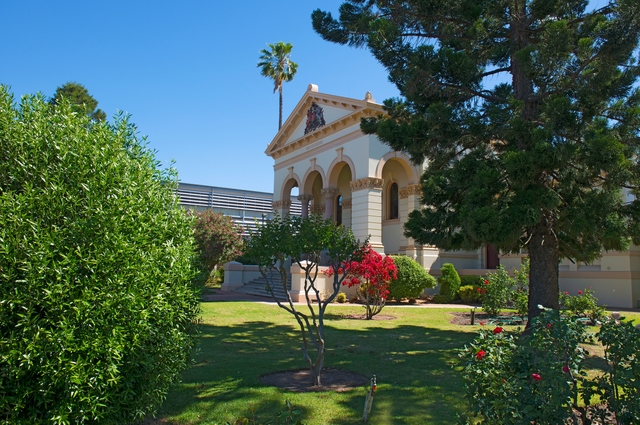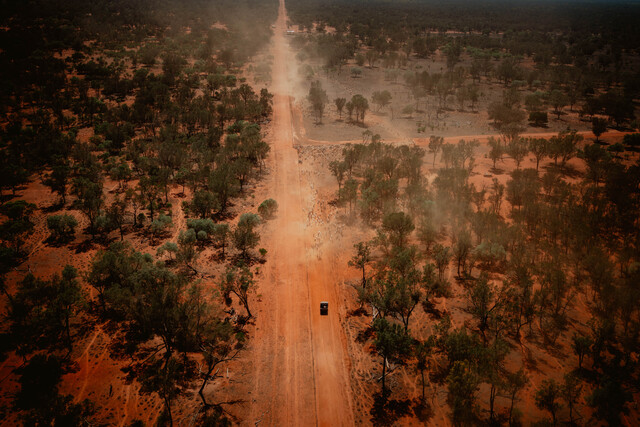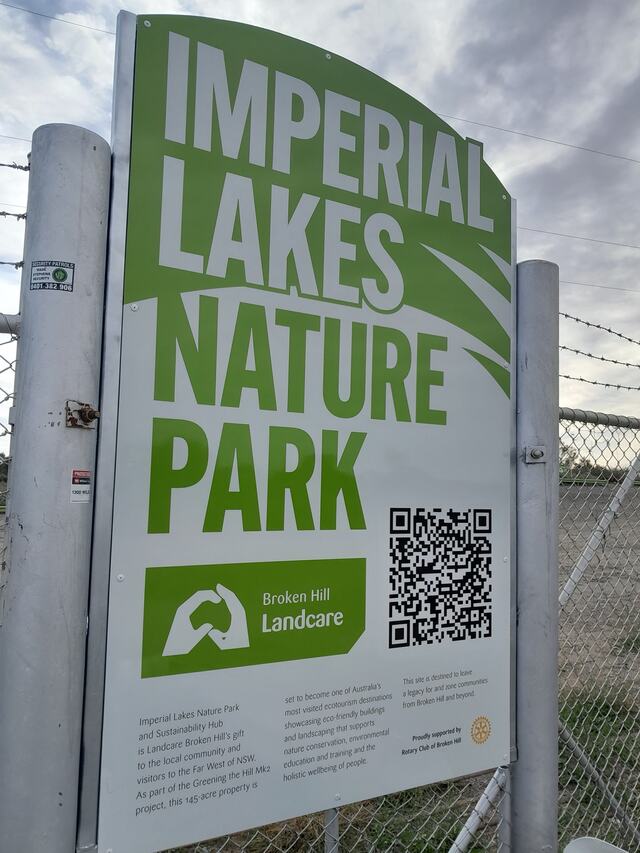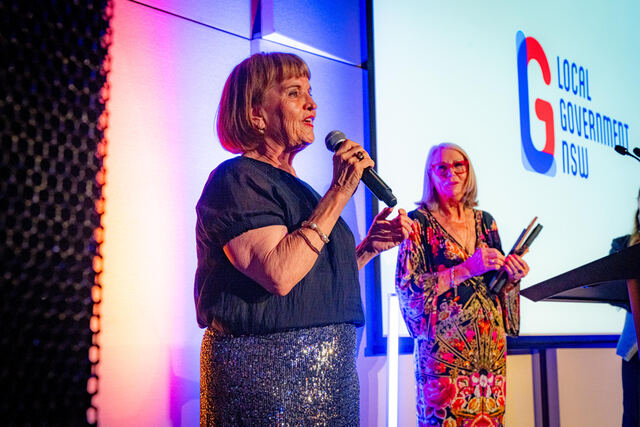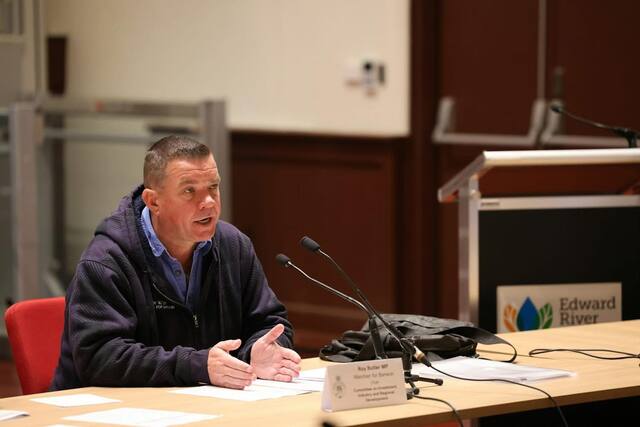ARTIST Stephen Turner has been painting for more than fifty years, and showcases his passion for locally made art in his gallery and art supply store, the Willyama Visual Arts Centre on Bromide Street.
Turner said his love for art developed from drawing as a young child.
“In those days you didn’t have any computers to worry about, so you had to draw,” he said.
Turner grew up in Broken Hill before moving to Sydney’s western suburbs for twenty two years, later returning to his hometown.
“I came back because mum was crook and I’d had enough of the city anyways,” he said.
He worked as a primary school teacher, first at School of the Air, and later at Bourke Ward School.
“I always did art with my kids,” he said, “and I hope to continue that here this year because I’m making the back into an art room.”
After retiring he opened the gallery almost accidentally after stumbling upon the space for sale.
“This happened by accident about seven years ago, and has just evolved,” he said.
“You accumulate things and this is what it turned out to be.”
He exhibits work that he and fellow local artist have painted, as well as paintings he’s collected over the years.
“The whole idea was a variety of mediums,” he said.
“Things you’ll never see again.”
This variety includes embroidery, paper tole, leadlight, string art, tapestry and cross stitch, mosaic, lithographs, origami, egg shell art, pottery, mineral art, painted saws, ceramics, and art from local school students.
Turner said Broken Hill’s culture and history inspired his collection and display.
“We have a very rich culture, all the way back to the Brushmen of the Bush and Pro Hart and Jack Absalom who put us on the map,” he said.
“I also like Broken Hill’s history, so I talk to visitors about it. Like the relationship between the Titanic and Broken Hill.”
Turner sells art supplies to local creatives and hopes to host workshops for children and adults to learn to paint, once he clears out the building’s back room.
Reflecting on the evolution of Broken Hill’s art scene over the past fifty years since he first picked up a paintbrush, Turner said he thinks realism has given way to abstraction.
“I think the art has gotten more abstract, now it’s up to you, whatever comes out of you,” he said.
“And whatever materials you want to create. The traditional landscapes like what is here (in the gallery) are disappearing. People bring out their feelings now and create what comes to mind and what gives them satisfaction.”
But he believes the stories behind the works are still as important as ever, which is why he pays so much attention to learning and sharing these stories with visitors to the gallery.
“I’m very strong into the stories behind them,” he said.
“I like to give people who come in an idea of why things are painted the way they are.”


